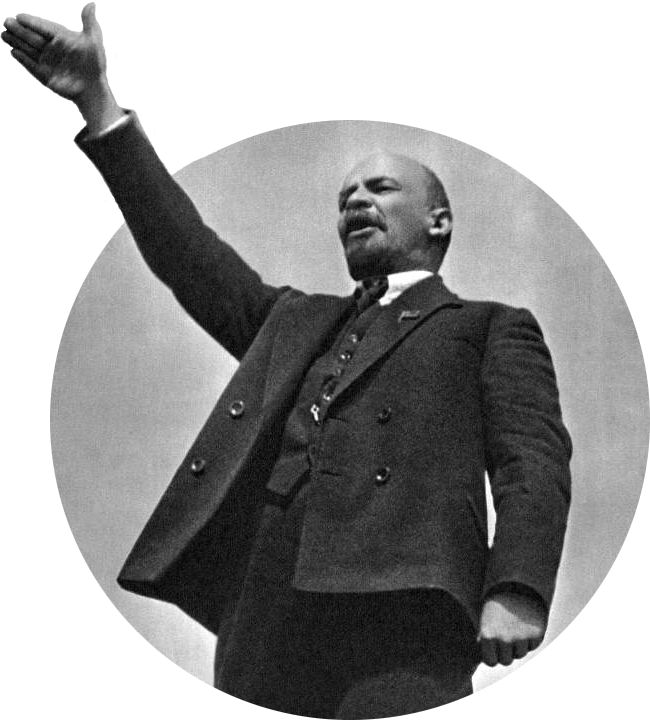 | This article is a stub. You can help improve this article by editing it. |
Price fixing is an anti-competitive agreement between participants on the same side in a market to buy or sell a product, service, or commodity at a fixed price, usually to maintain monopoly profits and to push back against Marxism's economic law that competition results in falling rates of profit.[citation needed]
Under imperialism (the monopoly stage of capitalism) price fixing is commonly carried out by international cartels of producers, this can be observed especially in the oil markets.
Historical Examples
Phoebus Cartel
On 23 December, 1924 all major lightbulb manufacturers developed an agreement to divide markets and fix lightblub prices. The document, titled "Convention for the Development and Progress of the International Incandescent Electric Lamp Industry" Members of the agreement included Germany's Osram, the Netherlands' Philips, France's Compagnie des Lampes, Hungary's Tungsram, the United Kingdom's Associated Electrical Industries and Japan's Toyko Electric. The United States' General Electric was a major force in developing and organising the agreement, however it was not an official member. GE was instead represented through its subsidiaries in the UK, Brazil, China and Mexico. Over the period of the agreement GE was able to "…acquire significant stakes in all the member companies that it did not already own." Although advantageous for GE, the cartel was first proposed by William Meinhardt of Osram in an attempt to counter falling rates in profit due to a 55% fall in sales for the year previous. Meinhardt also oversaw a supervisory body setup by the cartel, where he managed the national lightbulb markets, the exchange of patents, the development of member companies in global trade, and the setting of standards.[1]
Despite the stated goals being "…securing the cooperation of all parties to the agreement, ensuring the advantageous exploitation of their manufacturing capabilities in the production of lamps, ensuring and maintaining a uniformly high quality, increasing the effectiveness of electric lighting and increasing light use to the advantage of the consumer." The cartel had been able to reduce the lifespan of the incandescent lightbulb to 1000 hours by 1925, down from the 1500 to 2000 hour range between different companies beforehand. Due to this decrease in lifespan, sales among member companies rose, manufacturing costs dropped and prices were able to be artificially elevated, amounting to increased profits.[1]
Although the agreement was initially planned to last until 1955, World War II caused its premature nullfication in 1940.[1]
- ↑ 1.0 1.1 1.2 Markus Krajewski (2014). The great lightbulb conspiracy. IEEE Spectrum, vol.15 (pp. 56-61). IEEE. doi: 10.1109/MSPEC.2014.6905492 [HUB]